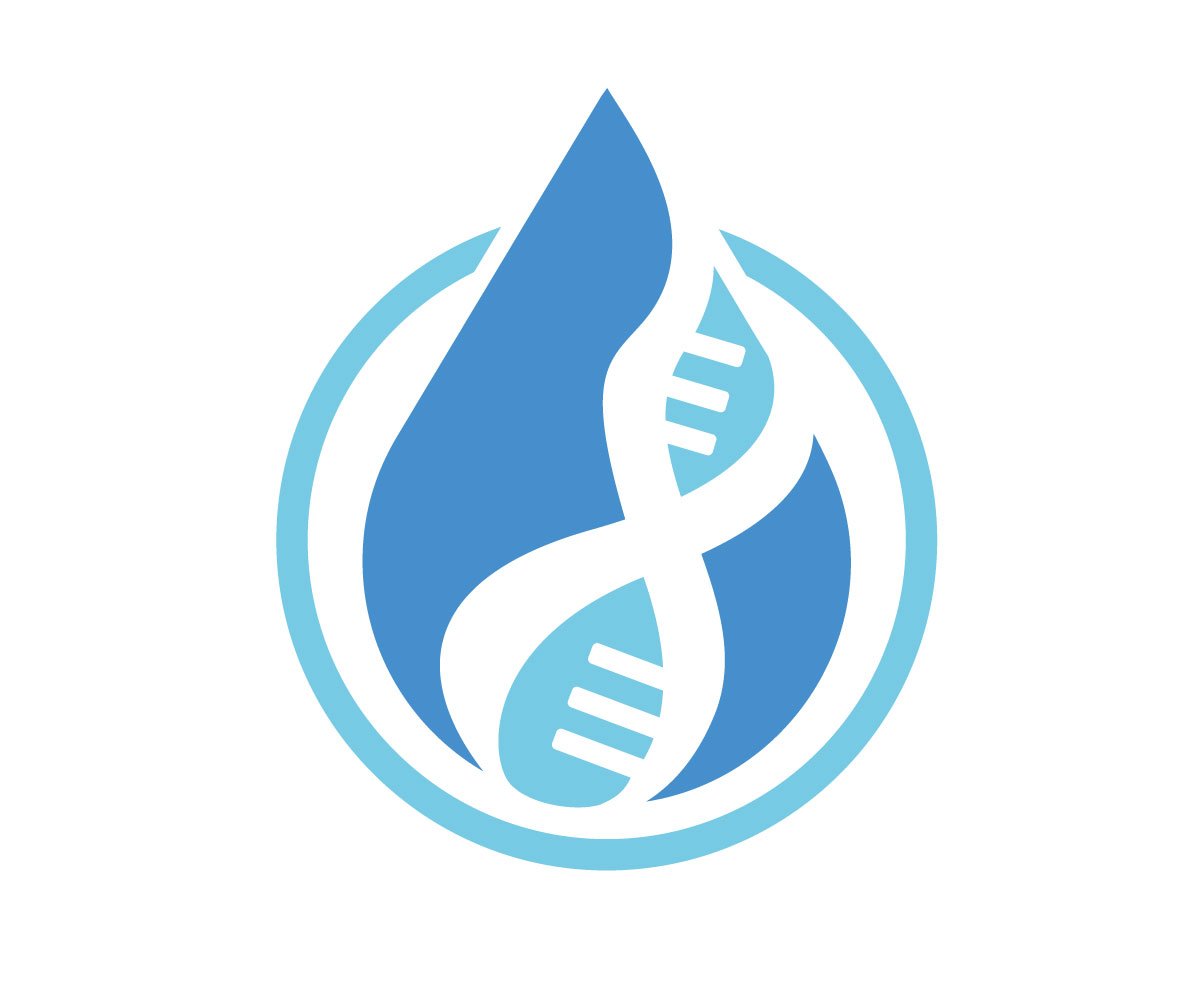8 Key Points About Raw Data Files
and gain access to raw data files hasn’t fixed that basic issue. So, if you are going to download a raw data file from an at-home DNA test like 23andMe or AncestryDNA or a project like All of Us, here are eight key points to be aware of.
Sign up to read this post
Join Now

